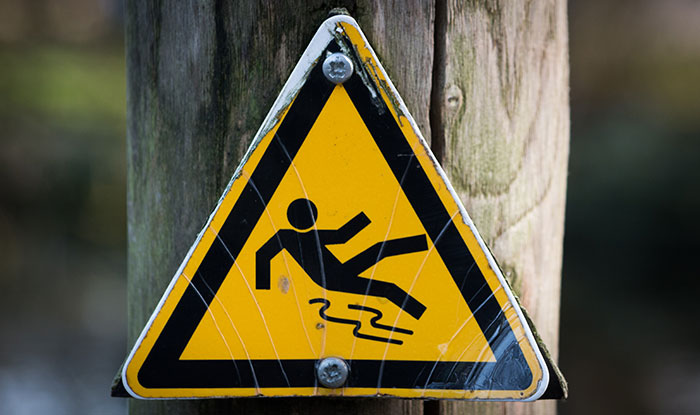What Do Older Employees in the Workplace Mean for Safety?
A number of economic and social factors have led to an older labor force over the past decade. Baby boomers, members one of the largest living generations in the U.S., have not left the workforce as quickly as previous generations might have. The economic downturn of the previous few years, coupled with changing retirement plans and 401(k) instability, has, according to Safety+Health magazine reported that older workers in the workforce have the lowest overall rate of injuries of any age group.
Besides the economic ramifications an entrenched labor force could have on subsequent generations, it could also seriously change the average of worker's compensation and insurance costs.
Labor Force Projections
According to the U.S. Bureau of Labor Statistics, the American workforce is projected to grow by only 0.5 percent annually over the next decade. This rate is low compared to previous decades, though it should be noted that the growth rate has been in decline since 2000. The source further reported that by 2024, baby boomers will be between ages 60 and 78, meaning many of them will have left the workforce. Until then, it can be expected that a large number of older Americans will remain as active workers until or past retirement age.
Perhaps the most notable projection included in the bureau's report is that the growth rate for workers aged 55 and older is 1.8 percent, or three times that of the overall workforce. Of course, this doesn't necessarily mean that every industry will be composed mostly of older adults, but it does mean many industries will have a higher saturation of workers older than 50.
Safety Concerns
Safety+Health magazine reported that older workers have the lowest overall rate of injuries of any age group. The reasons behind this are many: Older workers have decades of experience under their belts, they are more averse to risk, they have more emotional stability and they'll speak out about their safety concerns. This positive ramification of an older workforce is countered by a negative, however. Older workers in the workplace are more prone to slips, trips, and falls.. In fact, they are nearly twice as likely to experience one of these injuries compared to their younger counterparts.
One big problem with aging employees in the workplace is the increase in longer recovery times for workplace injuries. According to Pennsylvania State University, older adults take more time to heal than younger people because they have a different inflammatory reaction to skin abrasions and can't synthesize collagen as fast as they once could. That means an older adult will take longer to recover from a lesion or similar injury than a younger worker – which in turn means more time spent away from work.
Safety Solutions
One potential solution to the problems posed by aging in the workplace could come out of increased partnerships and communication within companies. If older adults are more likely to raise their concerns about safety age issues in the workplace, they might be able to communicate the need for extra safety equipment such as slip-resistant shoes. Something as simple as a proper pair of safety shoes could mitigate the high numbers of slip, trip and fall accidents at work.
Older, more experienced workers could also pass on their knowledge to workers just entering the industry. With this shared insight, overall accidents could decrease over time. And in return, younger workers could look for ways to take on tasks that require greater agility and physical strength. By using everyone's strengths to make up for potential weaknesses, the American workforce can grow stronger as it ages.
Employees and Your Bottom line.
Don't Forget To Share This Post!

The Key to Slip-Resistant Safety Shoes
Not all slip-resistant shoes for workers are equal. Find out how genuine slip-resistant footwear carries a high Coefficient of Friction (COF) score.

Workplace Safety 101: Preventing Slips, Trips and Falls
Preventing slips, trips, and falls is Workplace Safety 101 and of the utmost importance. SFC Safety explains how everyone can ensure a safe work environment.

How to Create an Accident Incident Rate Benchmark
How does your company stack up to the national injury incident rate averages? Learn how to calculate accident ratios to benchmark new safety guidelines.